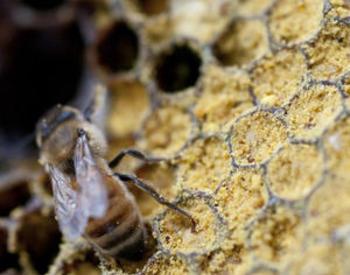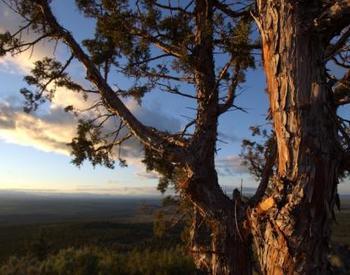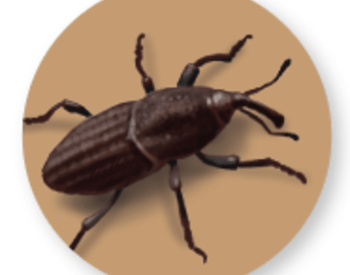I recently read in the news that the Monarch Butterfly was added to the endangered species list. What can I plant in my garden to help the butterfly? I read that milkweed plants are their natural habitat.
Yesterday I bought 3 "Red Butterfly" Asclepias curassavica plants which the honey bees seemed to be enjoying tremendously. I haven't planted them yet. After reading more about them and the possible negative effect on the Monarch Butterfly, I am wondering if I should return them.
You are correct in observing that planting this species (called Mexican Milkweed) has generated debate among entomologists.
Monarch butterflies lay their eggs on milkweed, and their larva (caterpillars) exclusively eat milkweed. While having a wide variety of flowering plants year-round helps other insects, only milkweed will specifically assist in keeping the Monarchs alive. The milkweed variety found in the Willamette Valley is Showy Milkweed (Asclepsia speciosa). This Xerces Society webpage has a list of locations to obtain the seeds, as well as other resources for growing it.
There is a migratory route for Monarchs between San Diego and British Columbia, and, although the Willamette Valley is slightly "off course," there are occasional sightings of these butterflies. Planting milkweed certainly can't hurt, and you may attract them and provide them with a habitat. Just know that the plant is not called "weed" for nothing—They do do spread through rhizomes underground, so plant them where you won't mind if they multiply.
Since the science about non-native (to the Pacific Northwest) species is unsettled, perhaps you can retain your purchases, and plant Showy Milkweed to augment the varieties available in your garden. Good luck!























